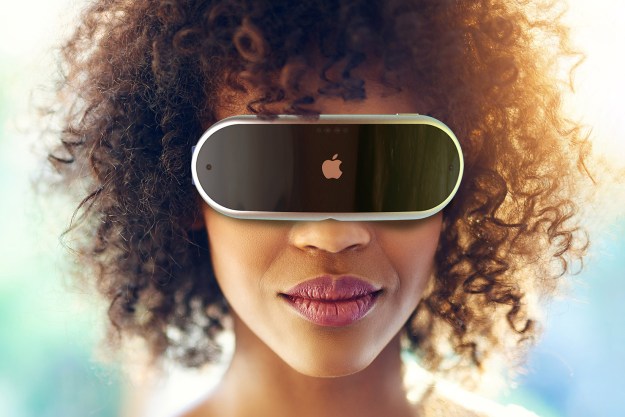
The company’s custom furniture collection was introduced in 2014 and encompasses more than 120 shapes, 11 fabrics, 140 colors, and a number of options for both hardware and leg finishes. With the new app, customers can make even further personalizations to their furniture, customizing various pieces to their heart’s content.
“As much as our customers delight in personalization, custom furniture design can be challenging,” Andrew Carnie, president of Anthropologie Home, Garden, and Europe said in a statement. “It involves an incredible number of considerations and represents a significant financial investment. As we made more customization choices available, we recognized they needed to understand not only how a piece would look but how it would look in their homes.”
To do this, Anthropologie integrated with Apple’s new ARKit technology, giving customers the capacity to design pieces exactly to their preferences and preview them in their homes (or just about anywhere else). Thanks to CGI, the app promises nearly 100-percent scale and color accuracy, so you’re not just approximating what a couch might look like — you’re seeing what it really will look like.
By teaming up with production studio CVLT, the Anthropologie team created more than 96,000 high-resolution assets, which can also account for environmental lighting and shadows in real time within the app. So while there are plenty of AR tools available already, this one just might be the most honest.
“We went to meticulous lengths to ensure the luster of each fabric and finish came through in lifelike detail, especially in zoom views, so each item felt unique and authentic,” said Alberto Ruiz, Partner at CVLT. “Beyond the 96,000 assets created, the number of variables within each furniture family required that we be incredibly organized: 130 furniture shapes (or styles), 11 fabrics, 152 colors, multiple leg finishes and choices within wood, metal and lucite, and color-coordinated backgrounds created a very large puzzle to solve.”
You can download the Anthropologie app for free from Apple’s App Store. You need an iPhone 6s or newer and iOS 11 to make use of the AR capabilities.
Editors' Recommendations
- Want to design your own smartphone? Thanks to Nothing, now you can
- CES 2023: These 38-gram smart glasses aim to make AR practical
- Meta teases new wearable that lets you control AR with your brain
- Apple AR headset price just leaked, and it’s as expensive as you’d expect
- How AR glasses are going from niche gadget to smartphone replacement


